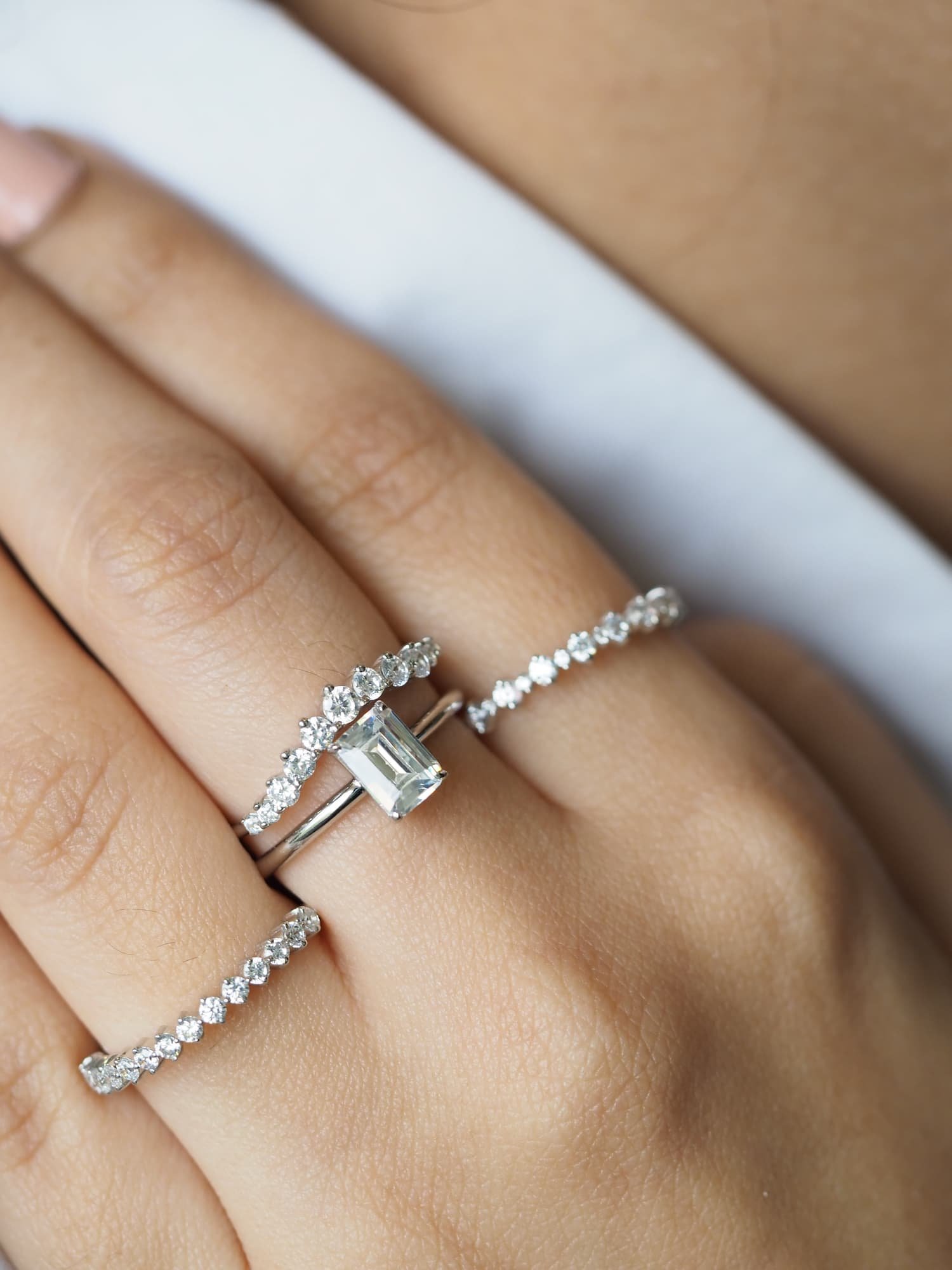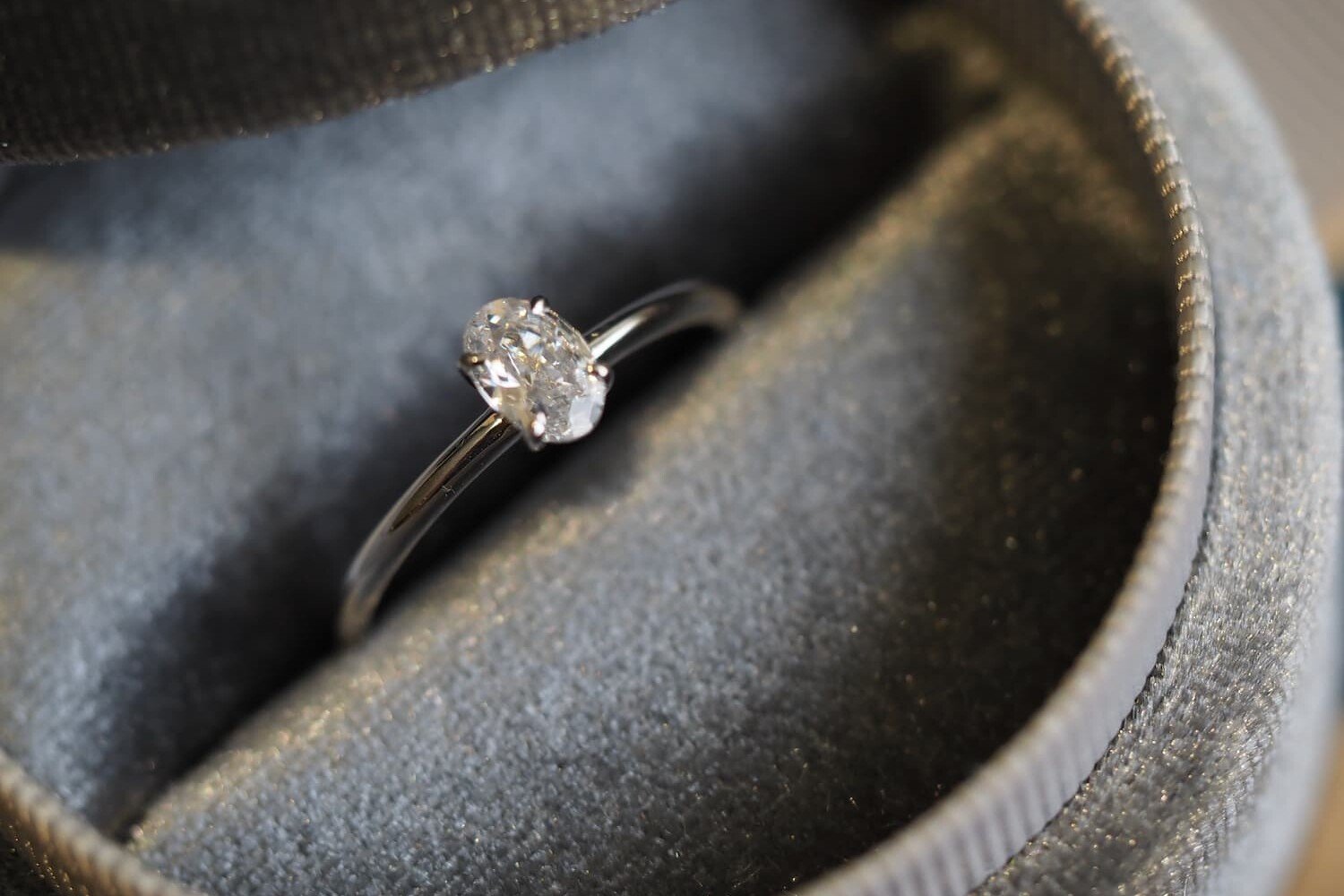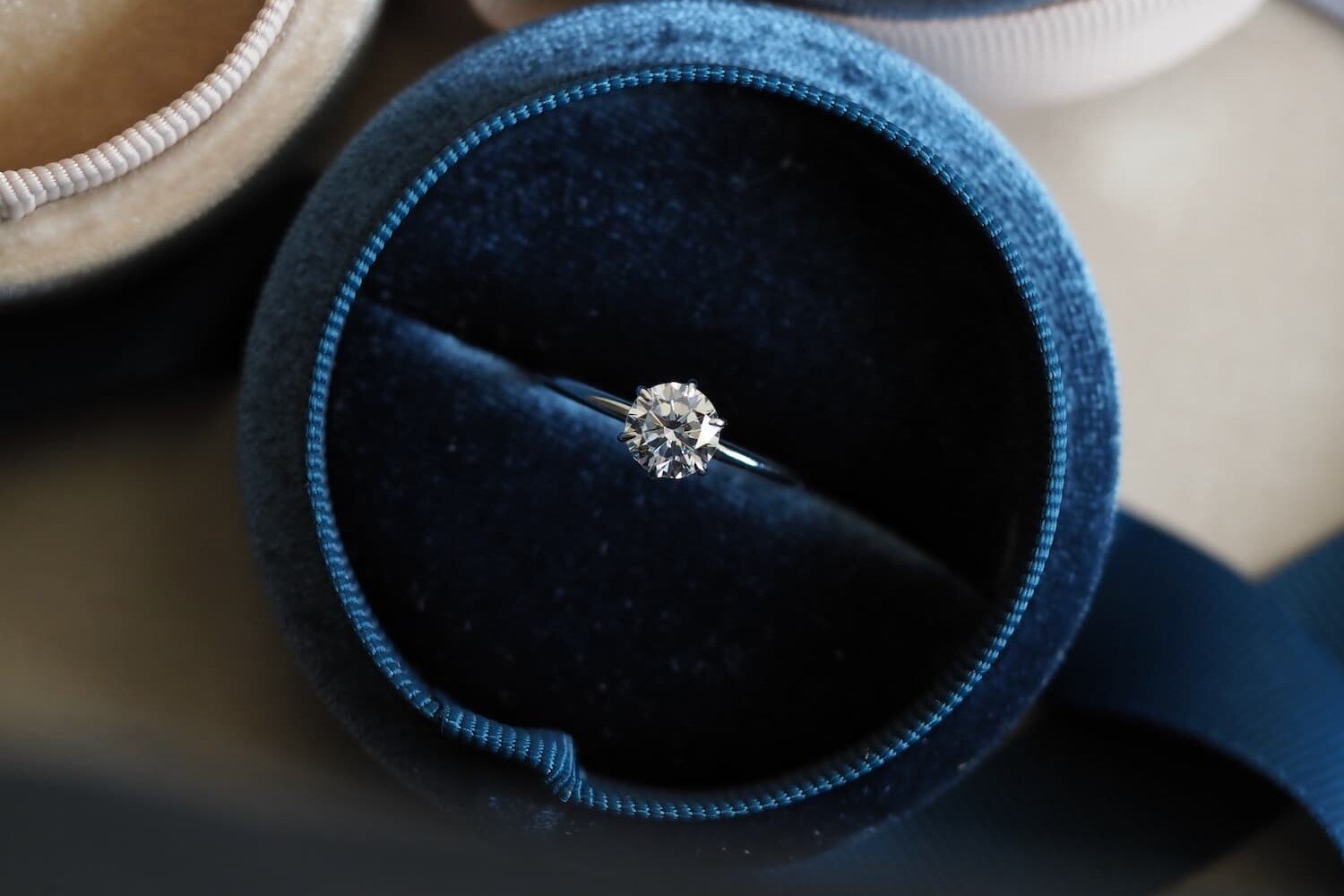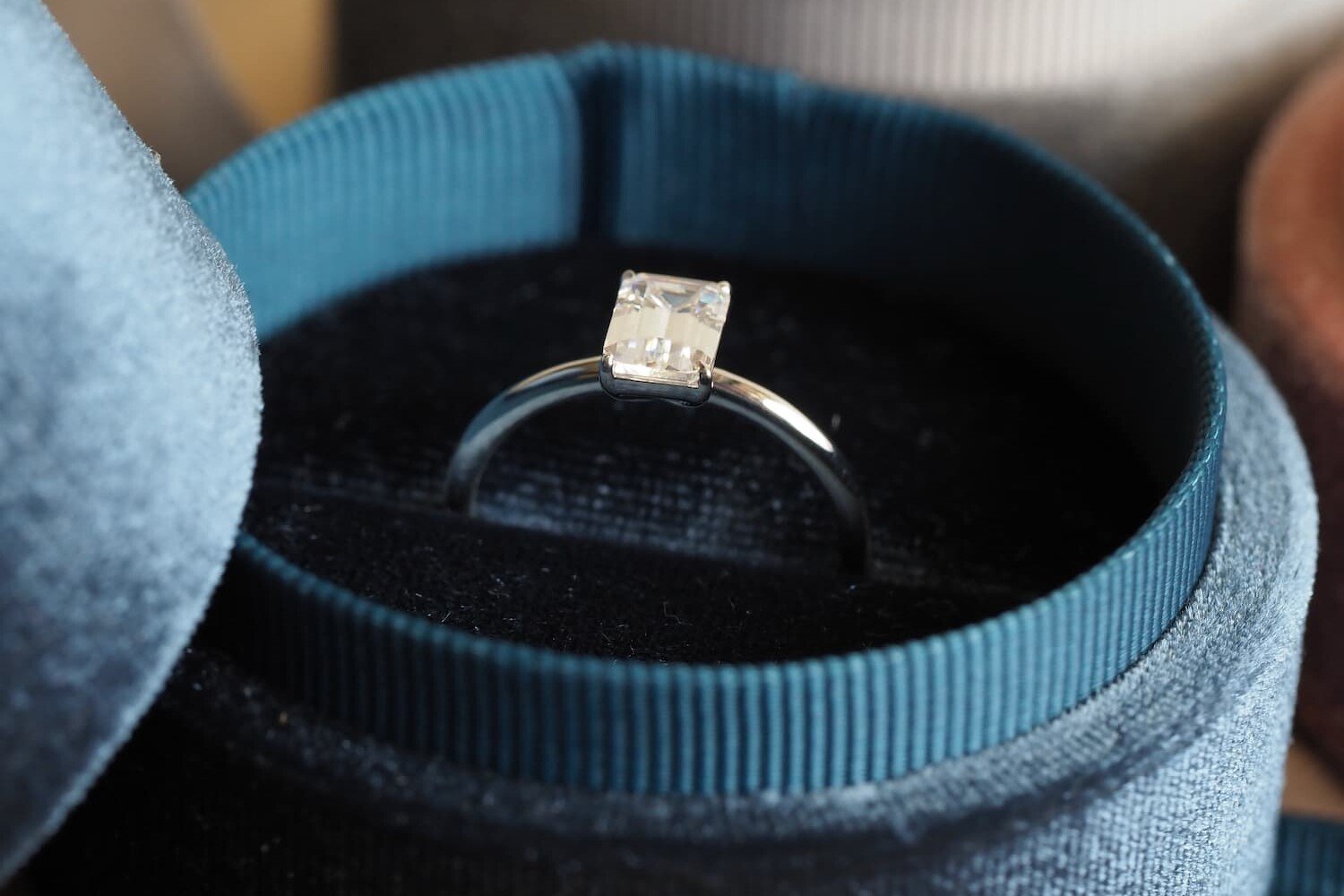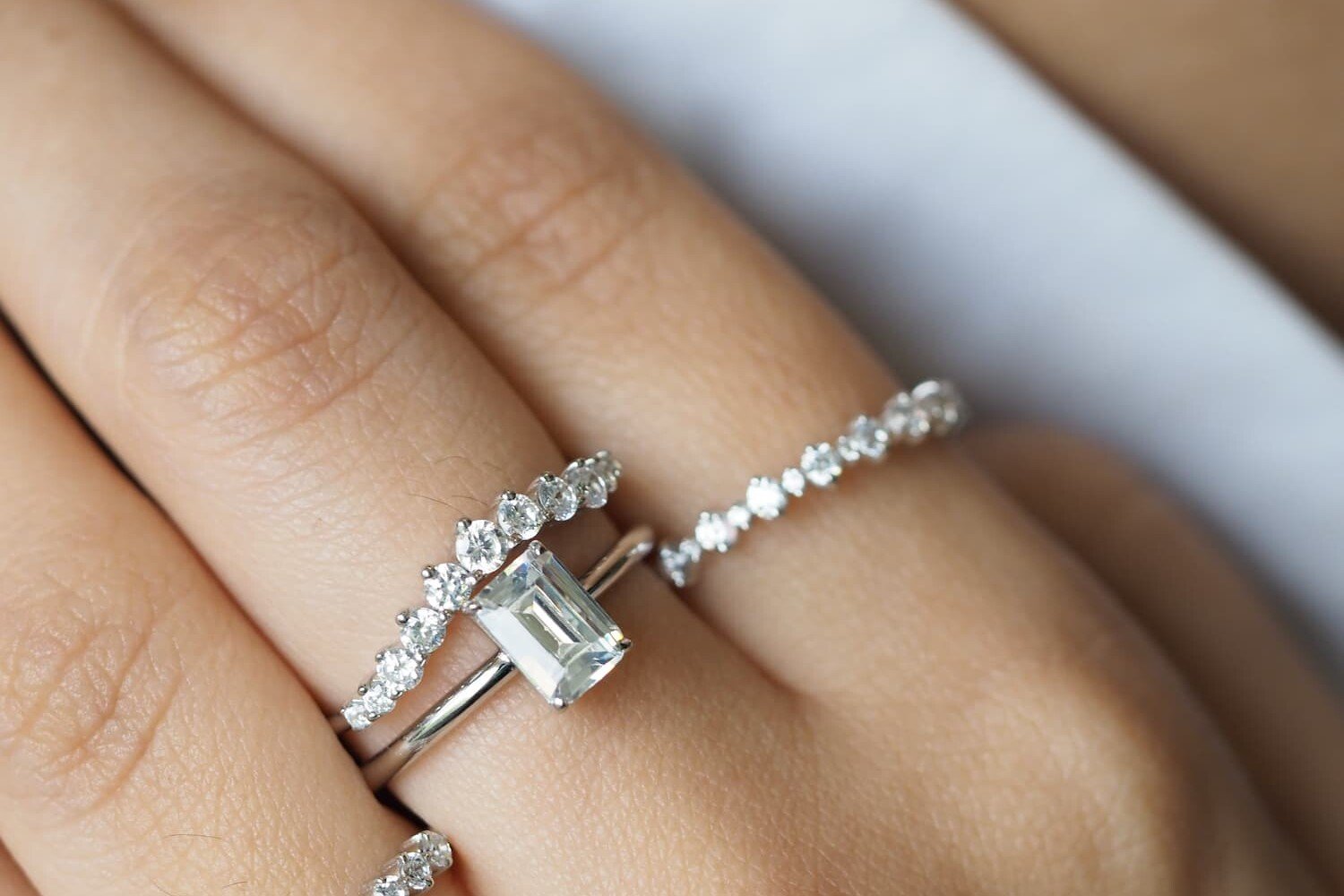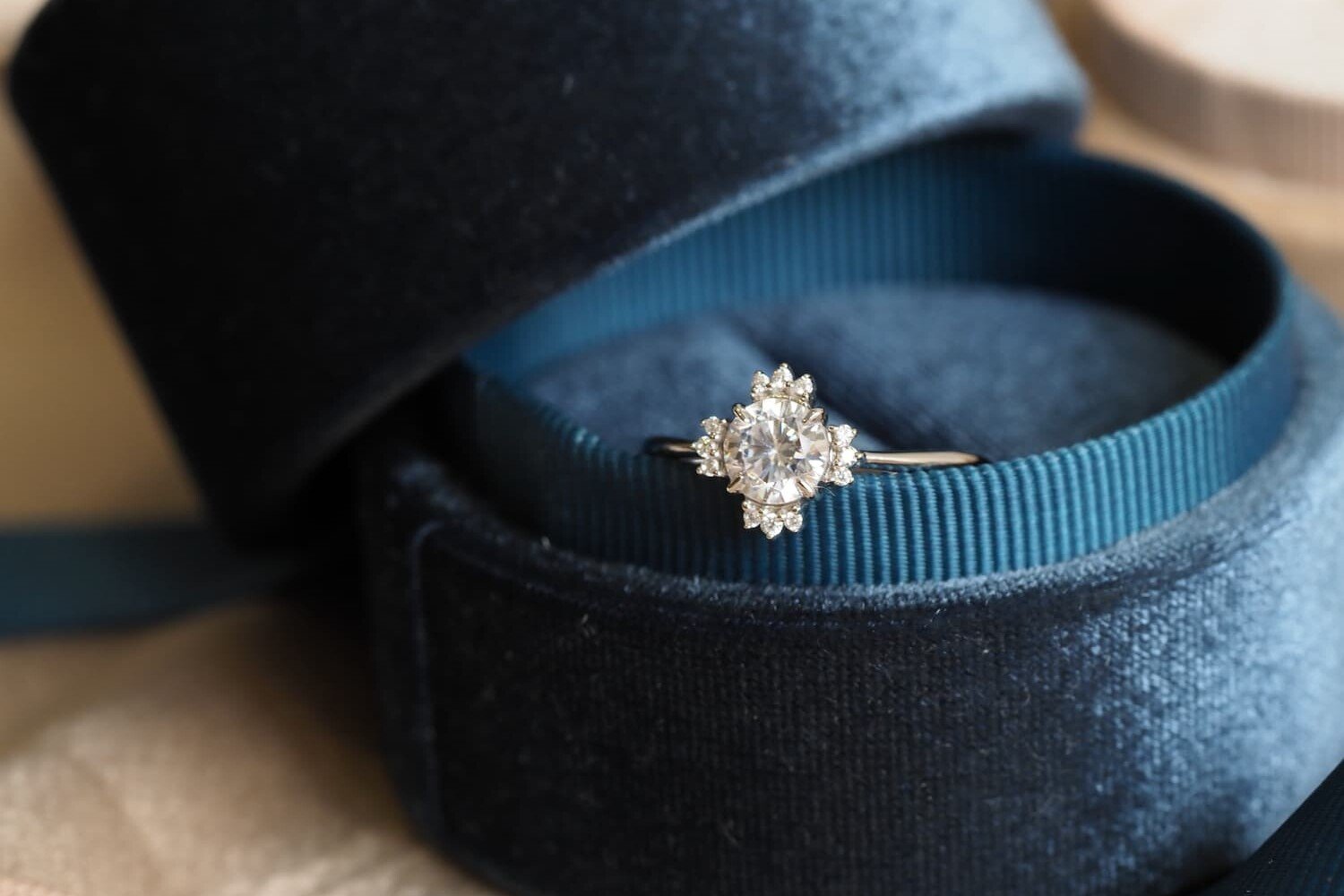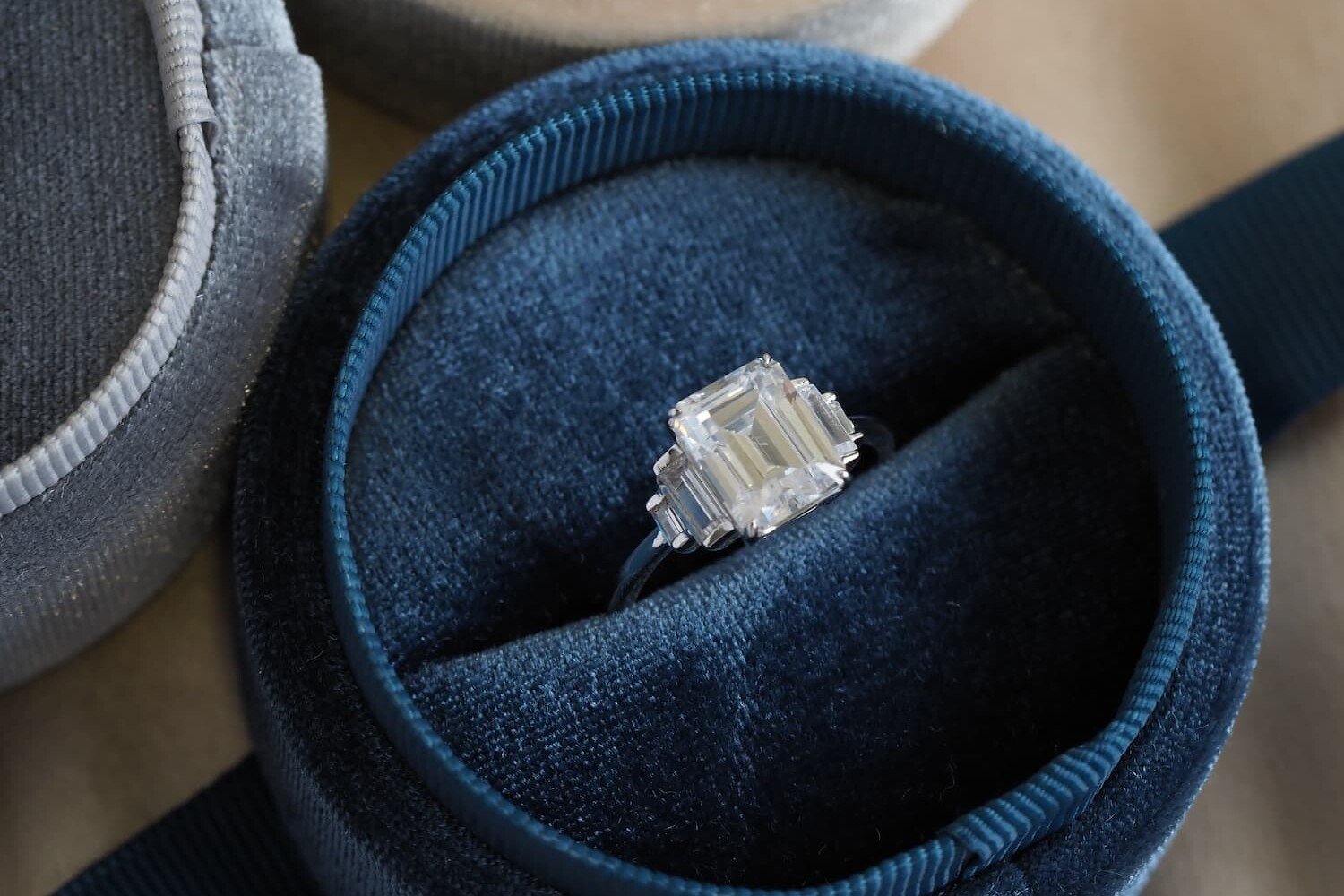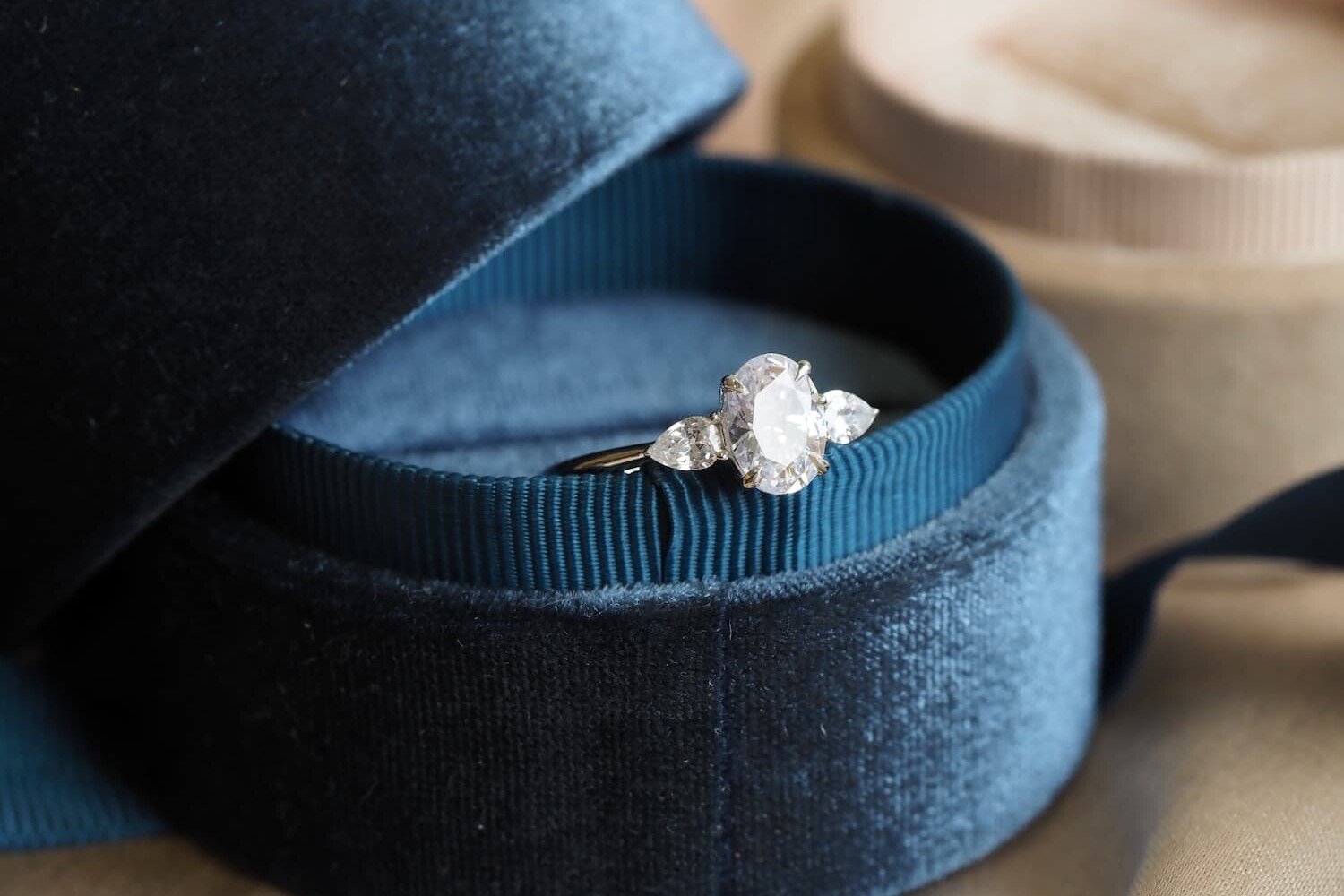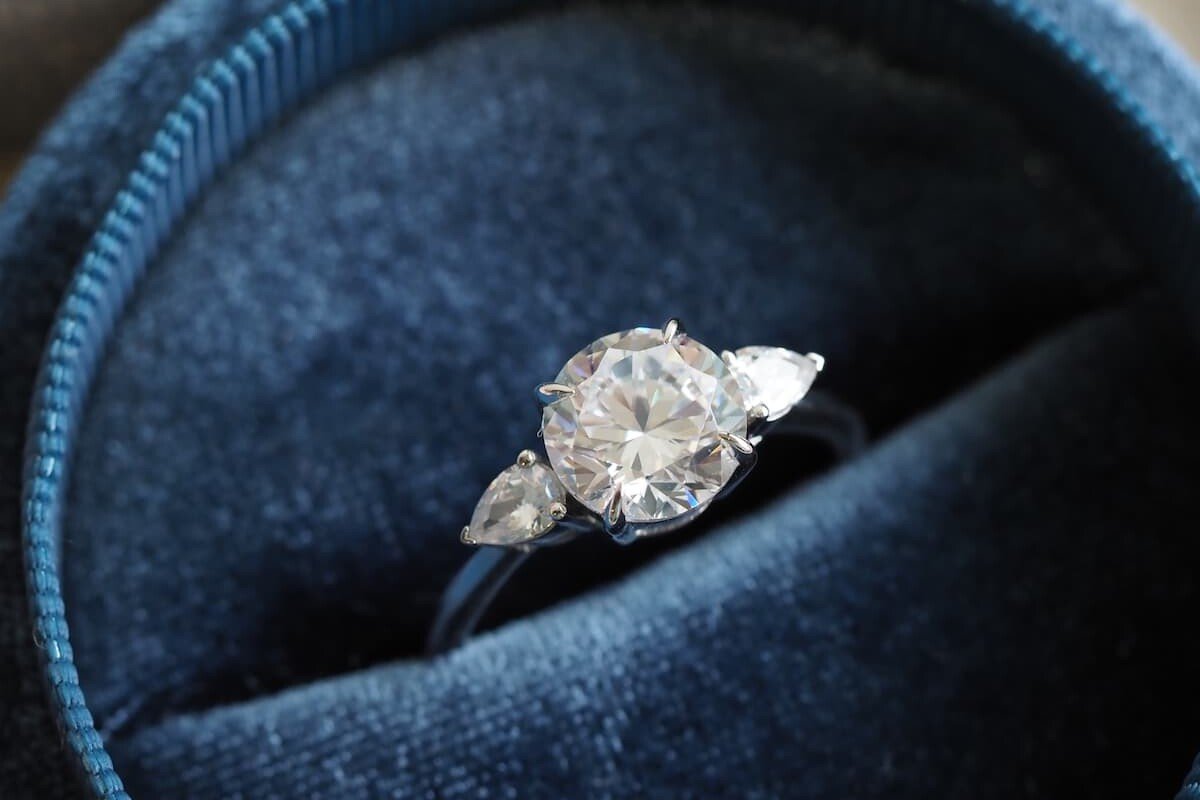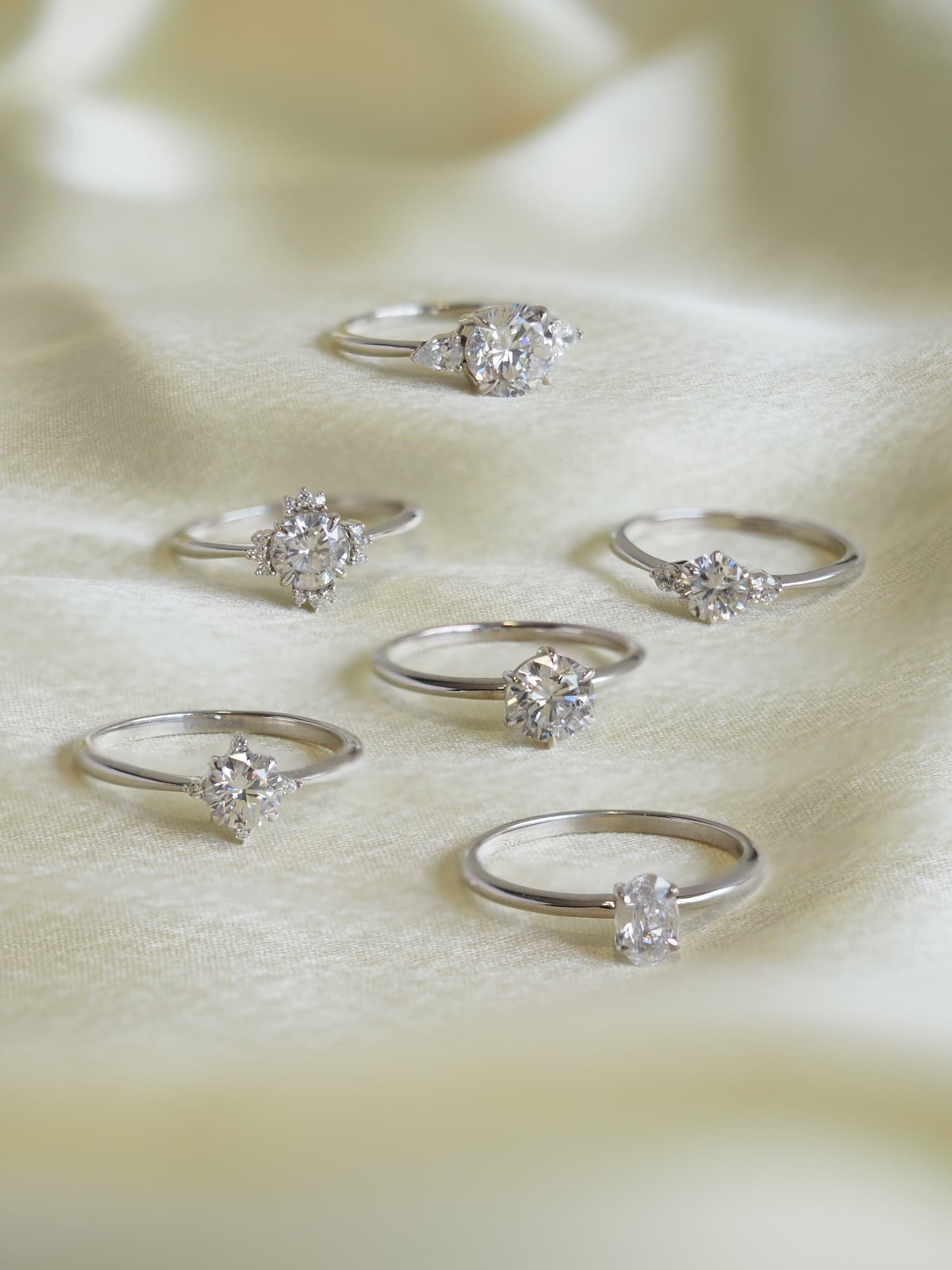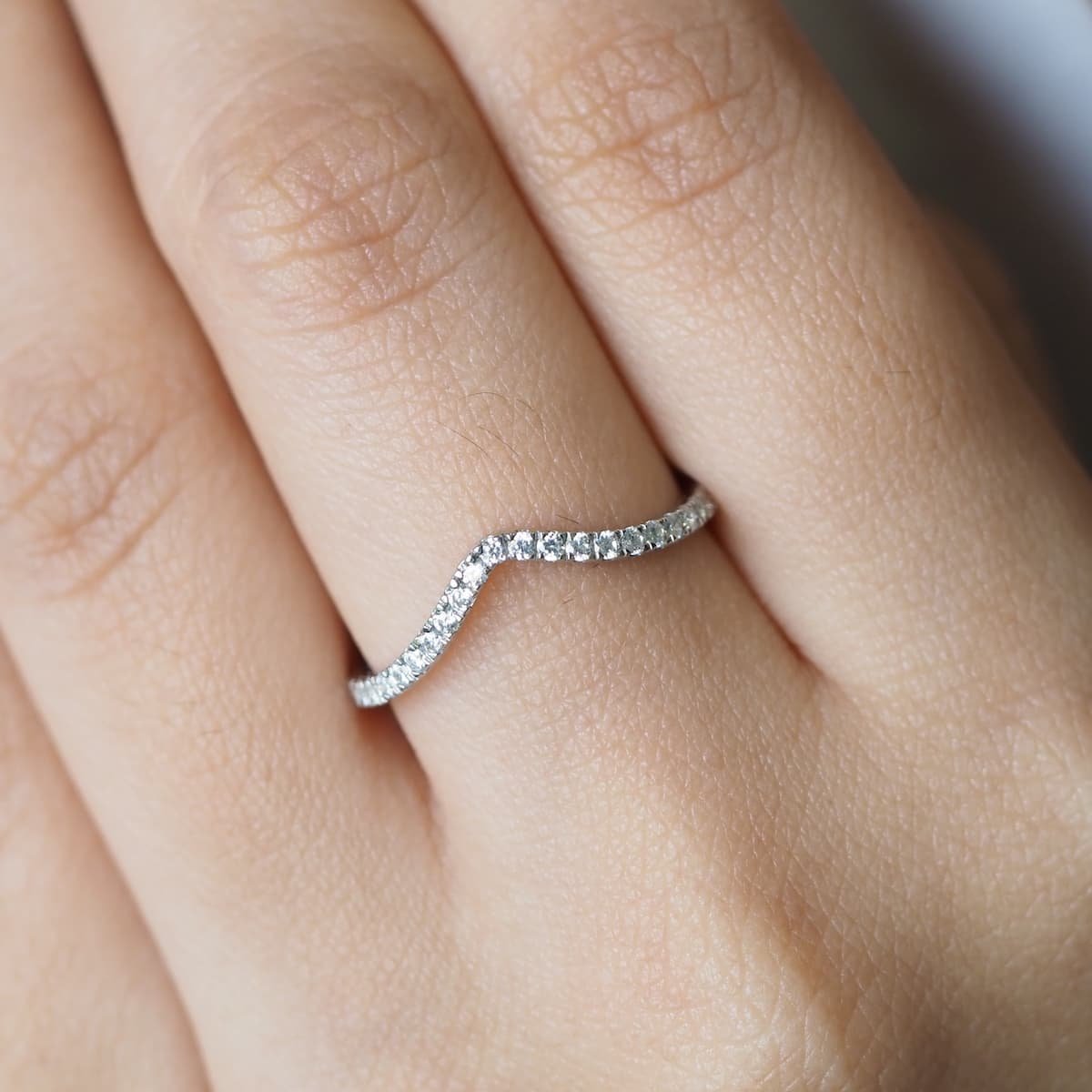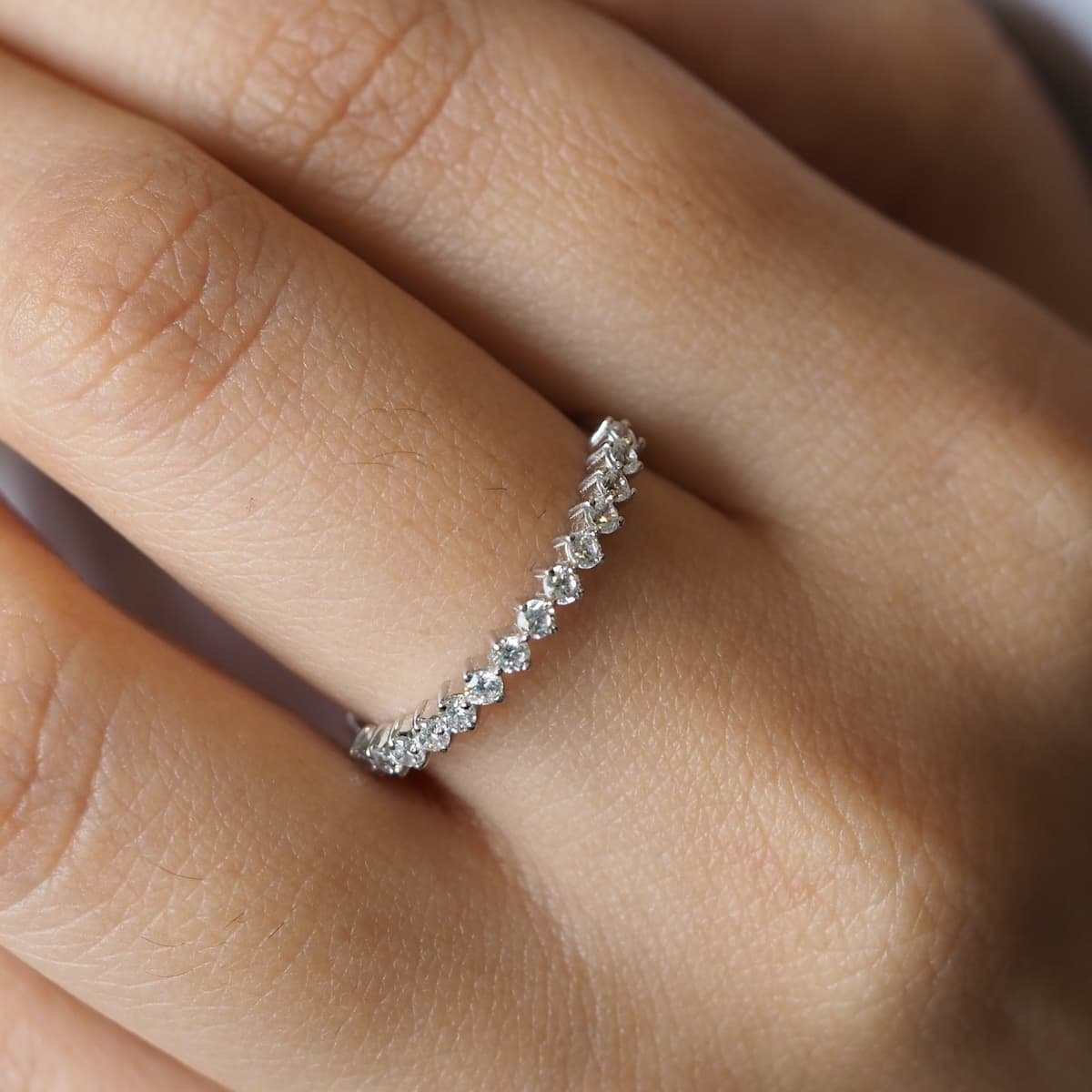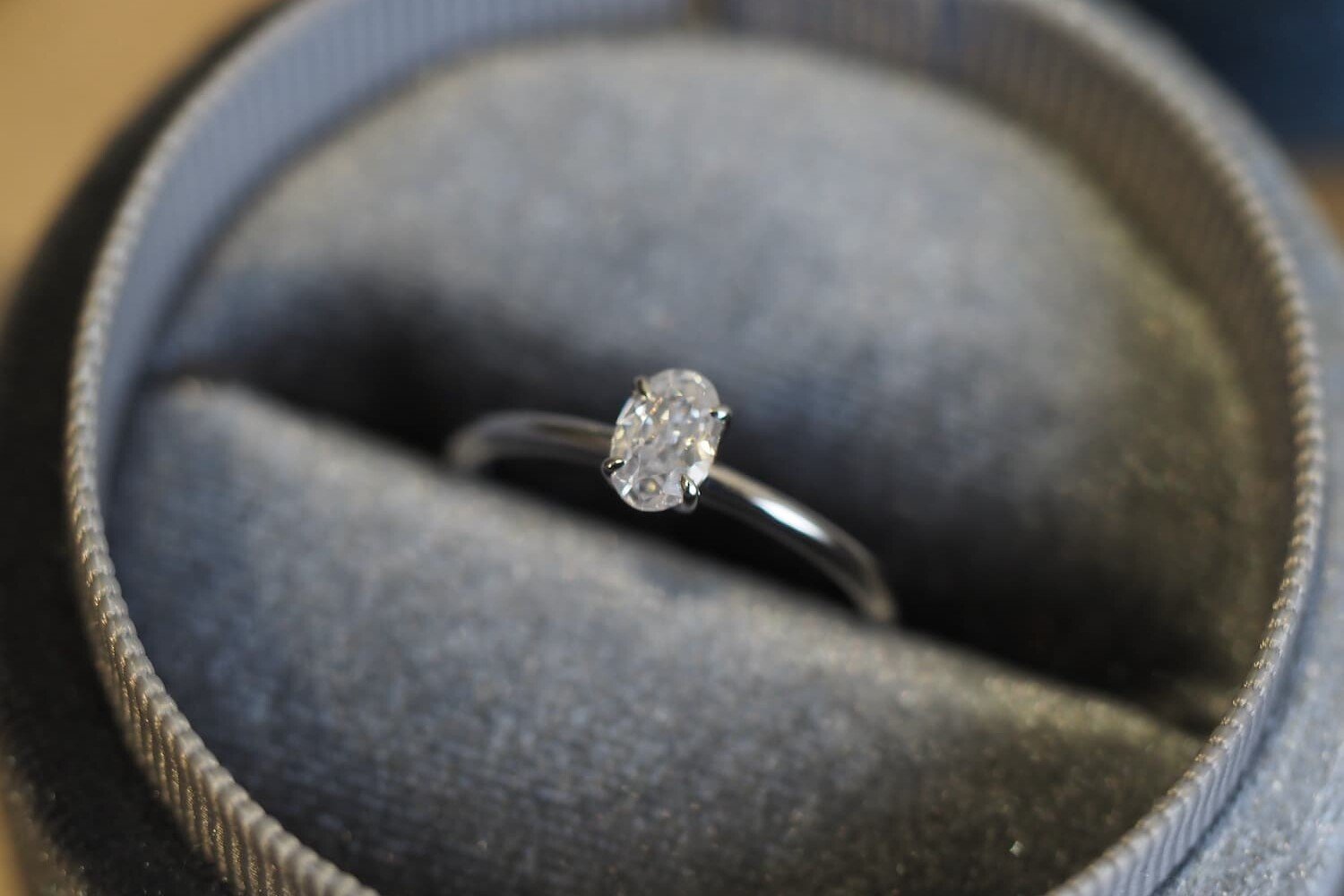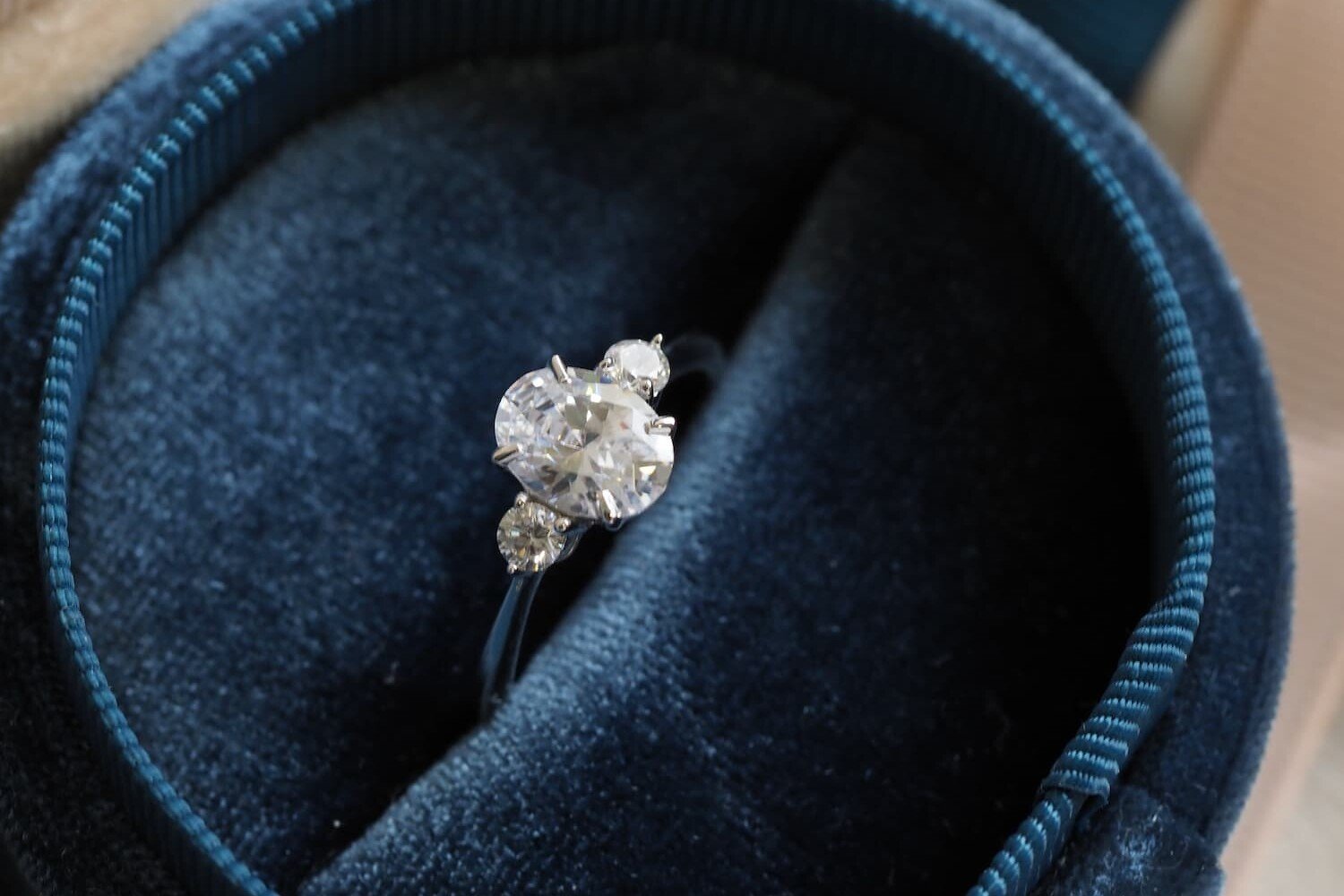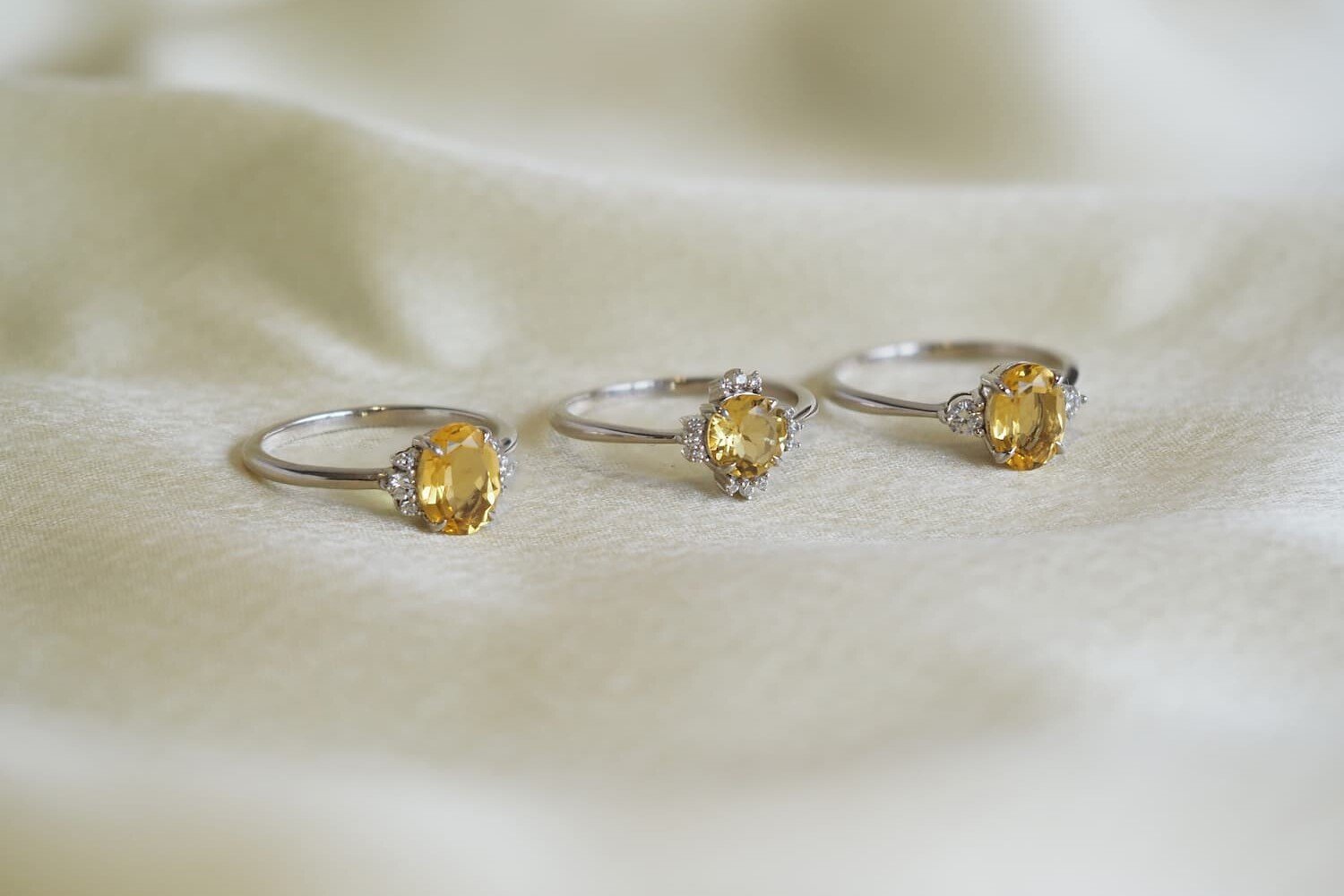Be In The Know
Subscribe to our newsletter
If you liked this article, share it with someone who might find it valuable too:
5 Hacks to Save Big On Your Diamond Engagement Ring
So you’ve decided to pop the question to your soul mate. You’ve decided you want to go…
Could An Engagement Ring With A Bigger Diamond Be Less Expensive?
Yes. That’s a short answer to that question. It’s possible that an engagement ring with a…
How To Choose The Perfect Diamond For Your Engagement Ring
Everyone talks about the diamond 4Cs like they are child’s play. No they’re not. It’s an…
The Carat Size Of Your Diamond Engagement Ring – Diamond 4Cs
The diamond 4Cs are the holy grail of your diamond engagement ring. An excellent quality…
The Clarity Of Your Diamond Engagement Ring: Diamond 4Cs
The Diamond 4Cs can be complicated to understand. But put together, they have the power…
Diamond Engagement Ring 4Cs: A Guide To Cut
The quality of a diamond is determined by the 4C’s. An excellent quality diamond can work…
7 Reasons Why Oval Diamond Engagement Rings Are Trending
Oval Diamond Engagement Rings are trending right now. They’re obviously less conventional…
The Simplest Guide: 4Cs of Diamond Engagament Rings
The diamond 4Cs can be fairly confusing. But if you’re making a significant purchase like…
6 Diamond Engagement Ring Alternatives That Will take Your Breath Away
For decades now, diamond engagement rings have ruled the roast as far as engagement rings…
5 Hacks to Save Big On Your Diamond Engagement Ring
So you’ve decided to pop the question to your soul mate. You’ve decided you want to go…
Could An Engagement Ring With A Bigger Diamond Be Less Expensive?
Yes. That’s a short answer to that question. It’s possible that an engagement ring with a…
How To Choose The Perfect Diamond For Your Engagement Ring
Everyone talks about the diamond 4Cs like they are child’s play. No they’re not. It’s an…
The Carat Size Of Your Diamond Engagement Ring – Diamond 4Cs
The diamond 4Cs are the holy grail of your diamond engagement ring. An excellent quality…
The Clarity Of Your Diamond Engagement Ring: Diamond 4Cs
The Diamond 4Cs can be complicated to understand. But put together, they have the power…
Diamond Engagement Ring 4Cs: A Guide To Cut
The quality of a diamond is determined by the 4C’s. An excellent quality diamond can work…
7 Reasons Why Oval Diamond Engagement Rings Are Trending
Oval Diamond Engagement Rings are trending right now. They’re obviously less conventional…
The Simplest Guide: 4Cs of Diamond Engagament Rings
The diamond 4Cs can be fairly confusing. But if you’re making a significant purchase like…
6 Diamond Engagement Ring Alternatives That Will take Your Breath Away
For decades now, diamond engagement rings have ruled the roast as far as engagement rings…
5 Hacks to Save Big On Your Diamond Engagement Ring
So you’ve decided to pop the question to your soul mate. You’ve decided you want to go…
